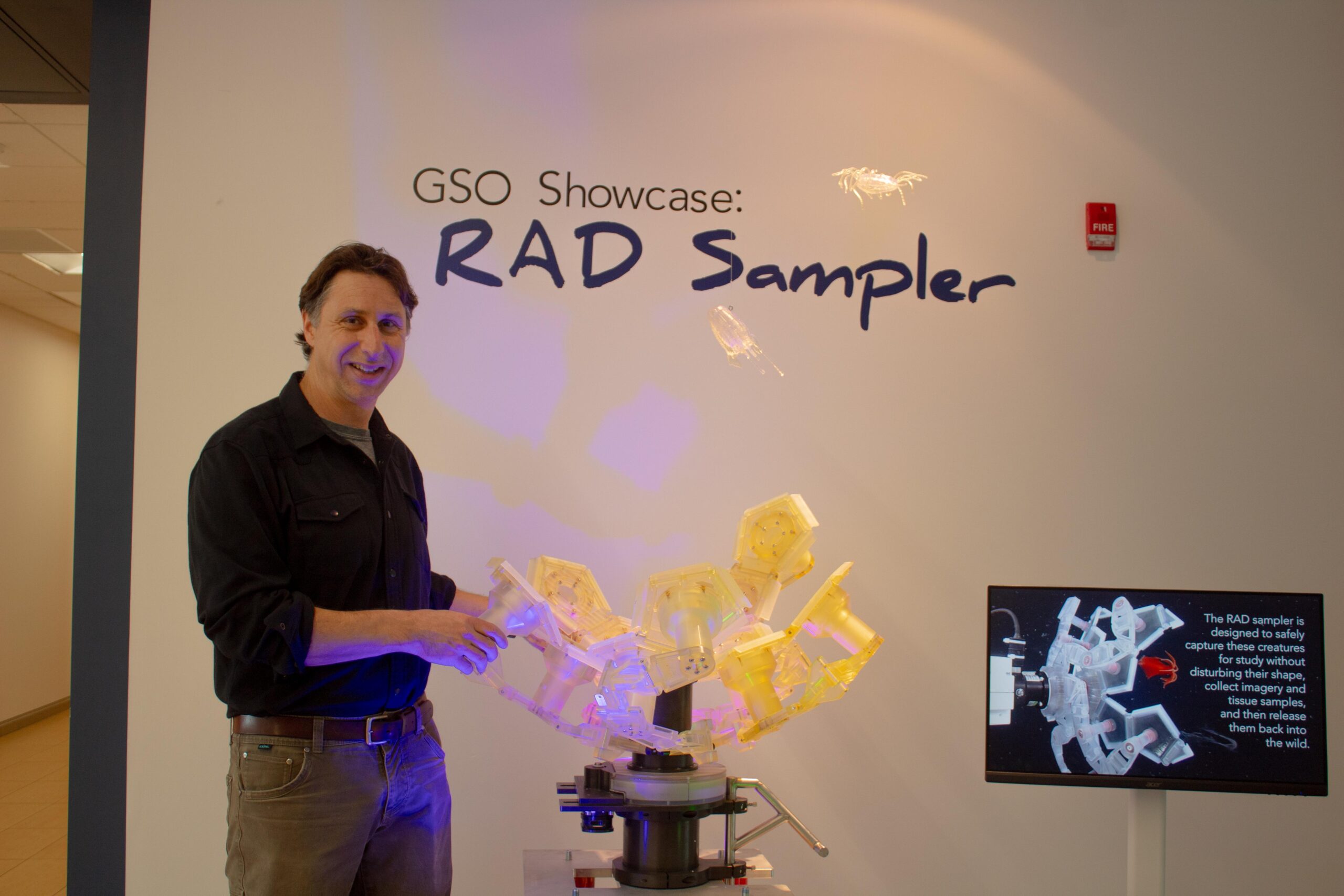A team of deep-sea researchers, including some of the University of Rhode Island’s own, have developed new technology capable of identifying some of the ocean’s smallest creatures.
Over six years of research have gone into the publishing of a scientific paper about the newest strategies for discovering and describing ocean life.
One of the members of this team was Brennan Phillips, a professor of ocean engineering at URI. For this project, they aimed to collect samples from incredibly delicate, almost impossible-to-see organisms from the deep sea and test their genetics to figure out if they had ever been discovered before.
“They are really hard to collect, and as a result, you end up with a lot of animals in the deep ocean that are undescribed to science,” Phillips said.
Ph.D. student Alex Yin co-authored the paper and worked directly with Phillips on the development of the technology used for their discoveries. According to Yin, underwater technologies are difficult to create.
“There are several different challenges we have to design around such as the extreme temperatures, both hot and cold, and an increase in pressure the deeper we go,” Yin said.
The new system is based on “soft robotics,” the idea that softer materials like elastic should be used instead of harsher, more rigid materials, like steel and aluminum. According to their paper, these soft robots are going to be easier to maneuver and can survive in harsh environments.
Since they are dealing with some of the smallest deep-sea animals, the robots used to collect them have to be gentle in order to not damage the animal’s tissue, Yin said.
Usually when identifying species, researchers use the animal’s shape, or morphology, to fit it into a category, or they would collect its DNA and compare it to that of other animals to see how closely they are related, Phillips said. Both of these techniques require collecting the actual organism itself.
“If we got the 3D scan of the animal, the morphology, and we got a little bit of its tissue, do we have enough information to describe that animal without actually collecting it?” Phillips asked.
With this question in mind, Phillips joined a team of researchers from all around the country to try and discover some of the most fragile beings in the ocean. The team included members from Monterey Bay in California, the School of Engineering and Applied Sciences at Harvard University, the Bigelow Laboratory for Ocean Sciences and many others.
“There’s no one person who can do it all,” Phillips said. “Everybody sort of brings in their own flavor of expertise.”
Their original plan was to go international and dive somewhere that was not as explored, but the pandemic quickly made them change directions. They decided on San Diego, an already heavily explored area for their first dive.
Going into the field is exciting for researchers, but can present its own unique challenges.
“It’s high pressure,” Phillips said. “You walk up to the boat, you have a day or two to get it working, and then you have to leave the dock and go dive the next day.”
The team had open communication and was able to work together to make the dive as smooth as possible. All together, they collected 65 samples of water and tissue from various species.
“It’s been a ton of fun seeing these strange but unique underwater creatures and observing their behaviors,” Yin said.
This new technology is just one of the huge advances in ocean exploration that URI has been able to make. The collaboration of field professionals and dedicated students allows URI to remain a top institution in deep-sea research.

